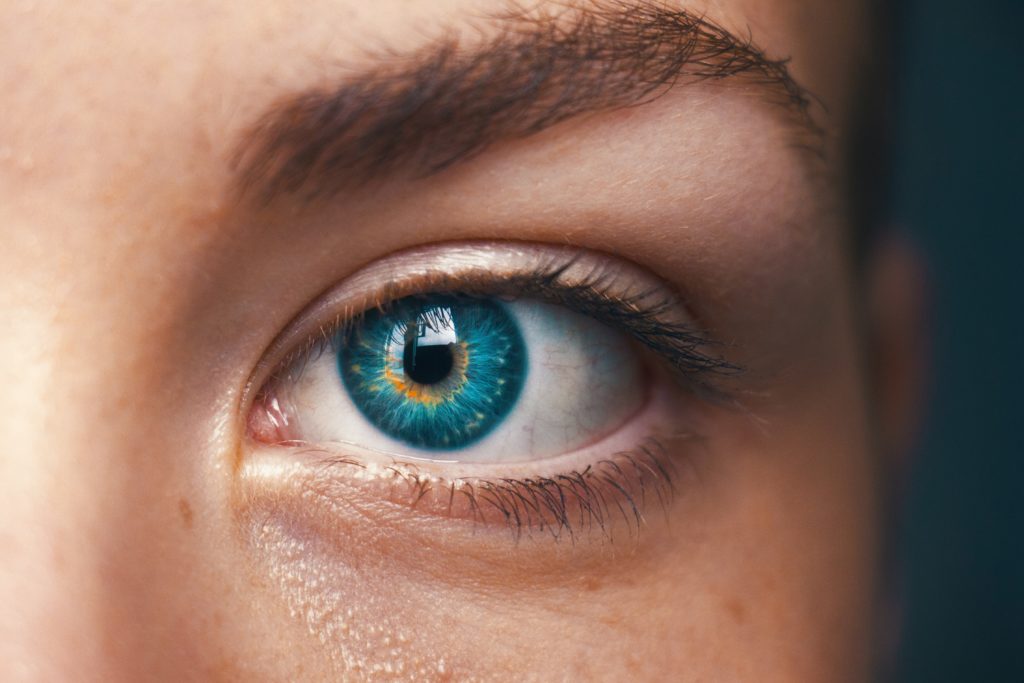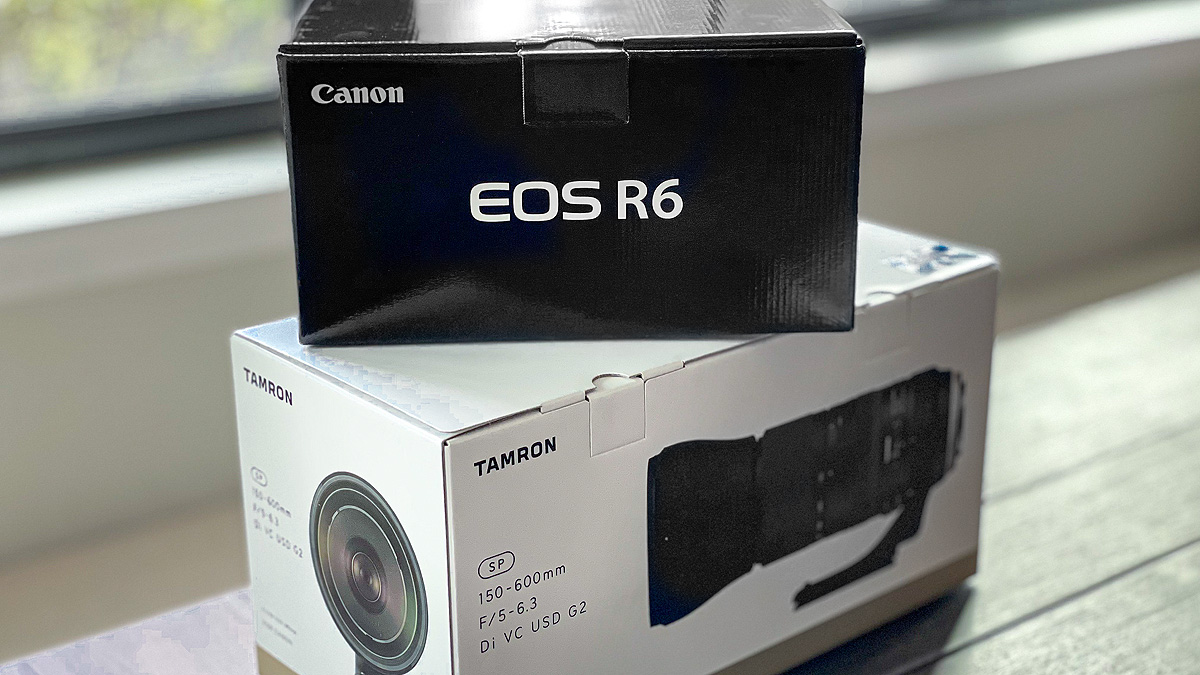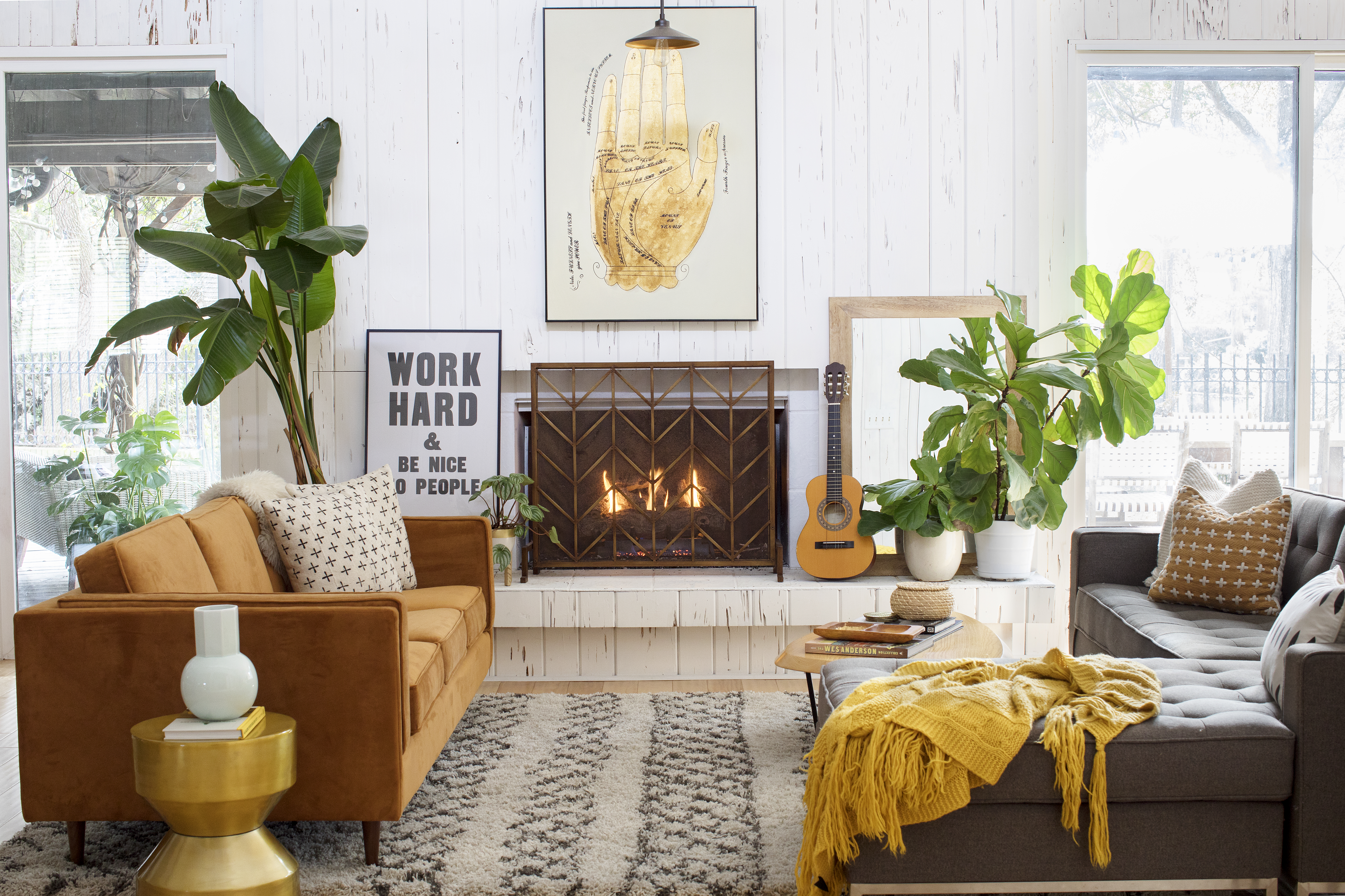In this challenging time in life, it can also be challenging for us to find inspiration for our photography. (By the way, top writing tip: – never use the same adjective twice in one sentence!) Anyway, let’s dive into today’s post. I’m Dave Williams, this is #TravelTuesday with Dave, and we still can’t travel…I’m not bitter; I’m just saying.
Something I’ve found myself doing, and I’m sure many of you are in a similar situation, is watching more Netflix than a healthy human being should. This got me thinking about another way we, as photographers, are able to take inspiration from the everyday things in life.
Although there are, of course, some exceptions and some bad examples, the majority of what we see on our screens is well-planned, well-choreographed, well-executed photography. Whether it’s a drama, a nature documentary, or a blockbuster movie, the scenes we see are packed full of ideas we can take away into our photography.
The biggest pointers we can take, in most cases, are light and composition.
When it comes to light, be it natural or artificial, take a moment to notice it. I mean, really notice it. Being a photographer is centered around the ability to see light. By that, I mean noticing the shadows and highlights, recognising a light source or multiple light sources, and recognising the colour of light. Applying this to what we see when we “Netflix and chill,” thinking about what it is we’re seeing, and making a concerted effort to reverse engineer how we would recreate that style of lighting, is a brilliant way to stimulate our technical and creative mind, and to stay energised and focussed when photography may be just out of our grasp.
A great way to reverse engineer TV- and movie-related photography is in movie posters. Next time you see a movie poster with a photo, rather than a graphic or CGI, take a long, hard look at it and work out what lighting you think was used to achieve that result. Top secret tip: – if there are people, take a close look at their eyes and see if you can find any softbox reflections that may give you a clue!

The other thing to look out for is composition. Almost every scene is carefully composed with writers, directors, and photographers having input into how the scene is shot. With this in mind, would you adjust the composition of any scene? Take note of the headroom given to scenes cropped on a person or a couple of people. Take note of the cut off points of people’s bodies—is it cropped at a joint, such as an elbow or at the waist, or is it different? How about depth? Is there any suggestion of depth in the scene with a distinct foreground and background? Do you recognise any compositional techniques you already use, or can you spot any you’d like to try?
Next time you find yourself letting time pass you by with your eyes glued to the big (or little) screen, take a moment to engage your photographic mind and try to develop your knowledge by recognising what is happening in order to create the scene. One big pointer here is that if a scene executed well, you won’t even consciously notice why that’s the case.
Whatever our field of photography, we can learn a lot just from Netflix.
Much love
Dave




